RADIUM AGE ART (1931)
By:
November 13, 2024
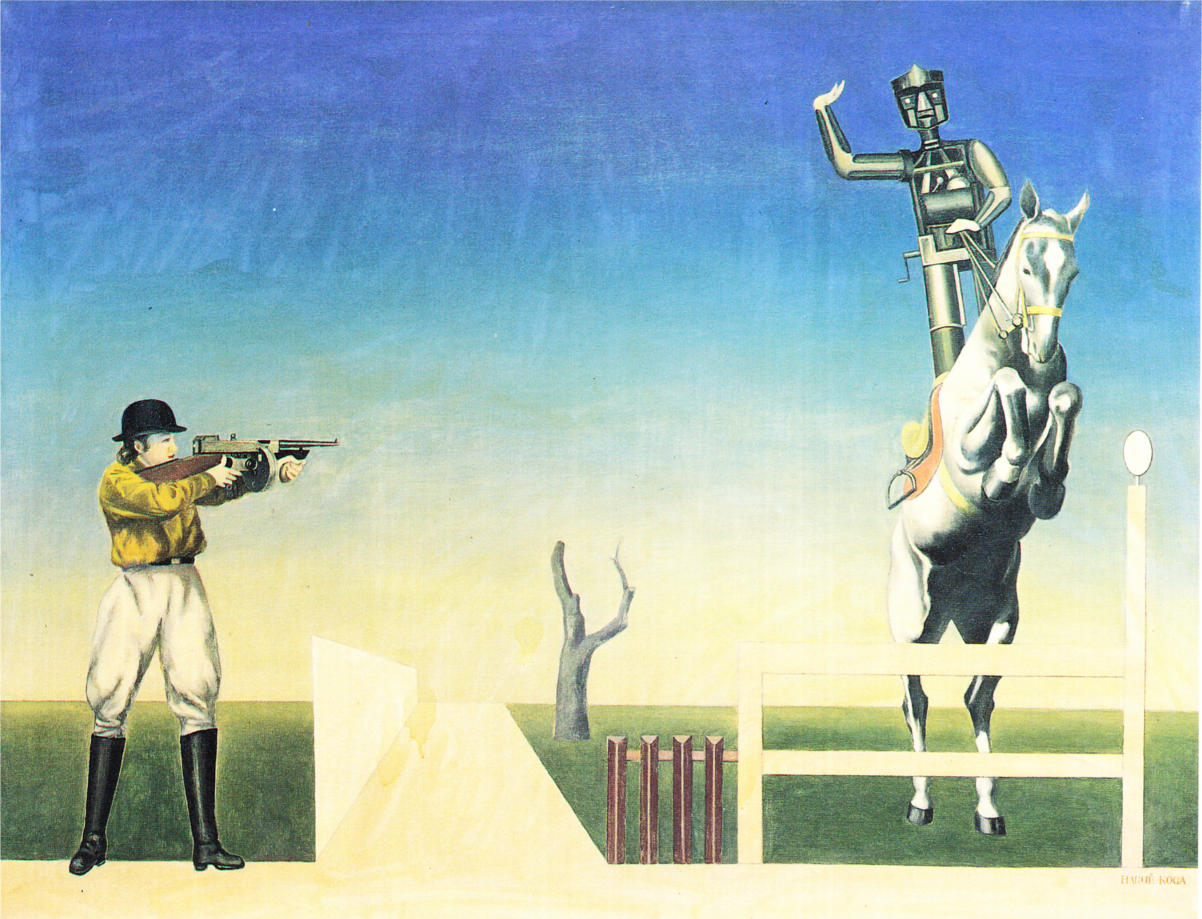
A series of notes regarding proto sf-adjacent artwork created during the sf genre’s emergent Radium Age (1900–1935). Very much a work-in-progress. Curation and categorization by Josh Glenn, whose notes are rough-and-ready — and in some cases, no doubt, improperly attributed. Also see these series: RADIUM AGE TIMELINE and RADIUM AGE POETRY.
RADIUM AGE ART: 1900 | 1901 | 1902 | 1903 | 1904 | 1905 | 1906 | 1907 | 1908 | 1909 | 1910 | 1911 | 1912 | 1913 | 1914 | 1915 | 1916 | 1917 | 1918 | 1919 | 1920 | 1921 | 1922 | 1923 | 1924 | 1925 | 1926 | 1927 | 1928 | 1929 | 1930 | 1931 | 1932 | 1933 | 1934 | 1935 | THEMATIC INDEX.
Abstraction-Création group formed in Paris by Theo van Doesburg to promote non-figurative, non-surrealist art. Other founder members include Auguste Herbin, Jean Hélion and Georges Vantongerloo. A non-prescriptive group of artists were involved, whose ideals and practices varied widely: Albert Gleizes, František Kupka, Piet Mondrian, Jean Arp, Marlow Moss, Naum Gabo, Alberto Magnelli, Barbara Hepworth, Ben Nicholson, Kurt Schwitters, Wassily Kandinsky, Wolfgang Paalen, Théo Kerg, Taro Okamoto, Paule Vézelay, Hans Erni, Bart van der Leck, Katarzyna Kobro, Leon Tutundjian and John Wardell Power.
The Whitney Museum of American Art is founded by Gertrude Vanderbilt Whitney in its original building in Greenwich Village, New York City.
Chaplin’s City Lights; James Whale’s Frankenstein with Karloff.
Also see: RADIUM AGE: 1931.
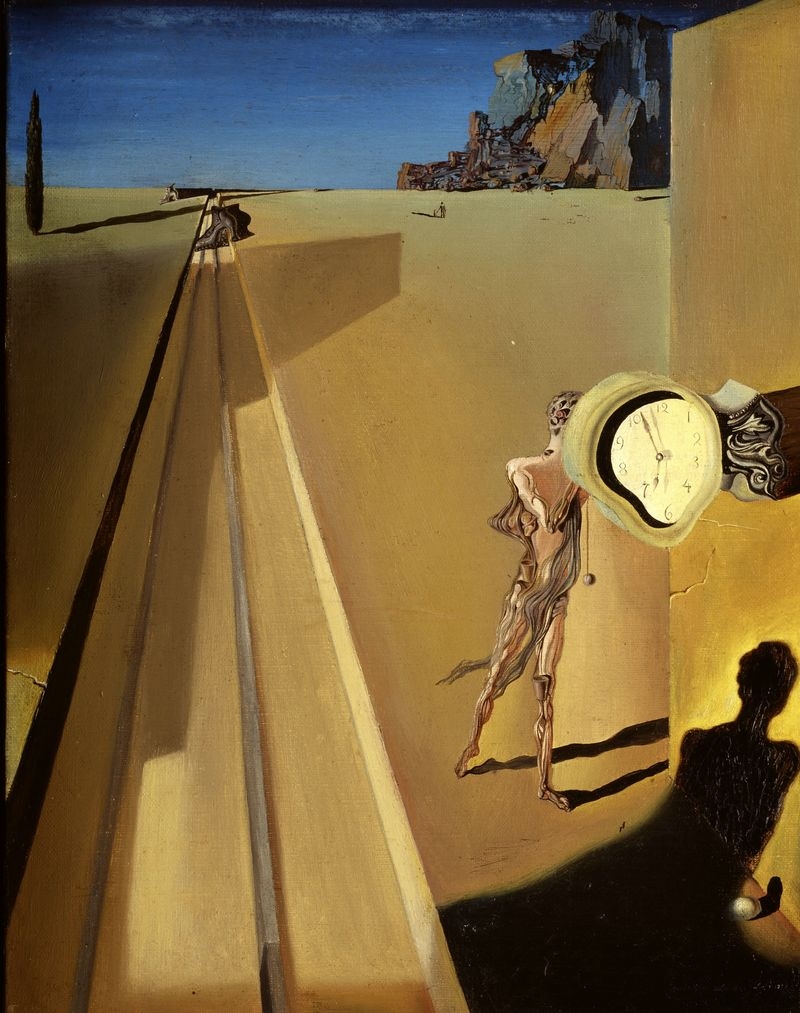
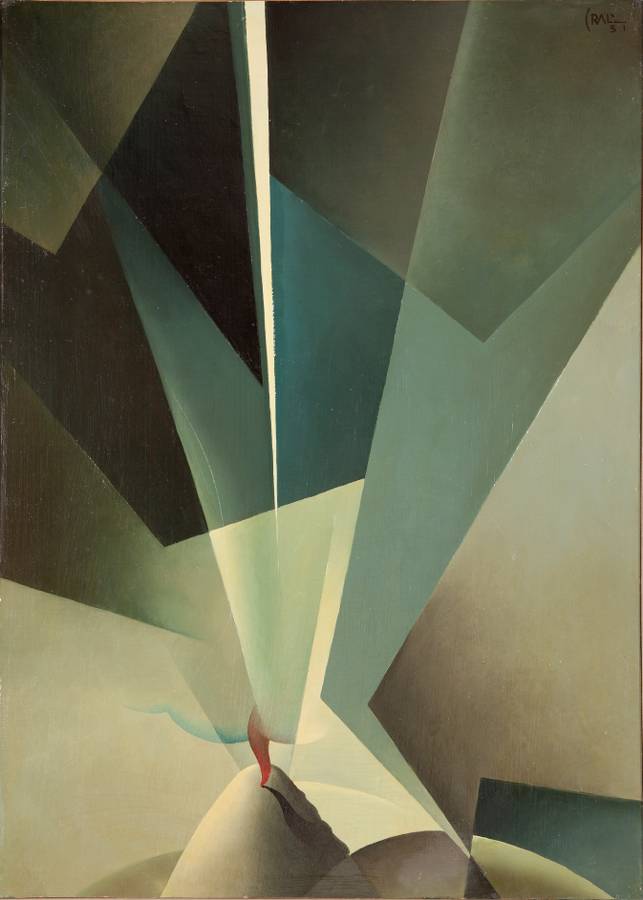

Includes a photorealistic image of the mechanical robot Eric, which had been exhibited in London in 1928. (Eric was the first British robot, built in 1928 by First World War veteran Captain William Richards, and aircraft engineer Alan Reffell. He was constructed to open the Exhibition of the Society of Model Engineers at London’s Royal Horticultural Hall in 1928, after George VI (then the Duke of York) cancelled and an exasperated Richards, the exhibition’s secretary, offered to “make a man of tin” to take the Duke’s place. At the event’s opening, Eric rose to his feet, bowed and gave a four-minute opening address. His chest bore the letters “R.U.R.”)
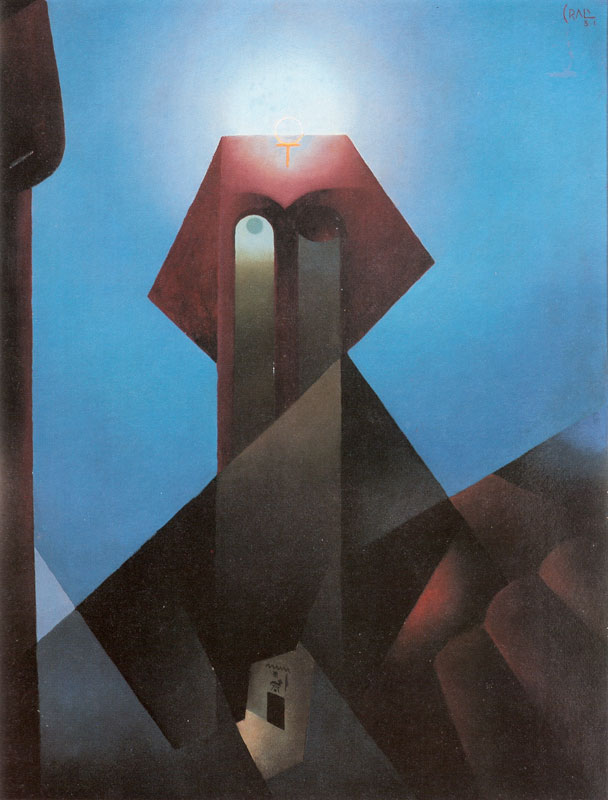

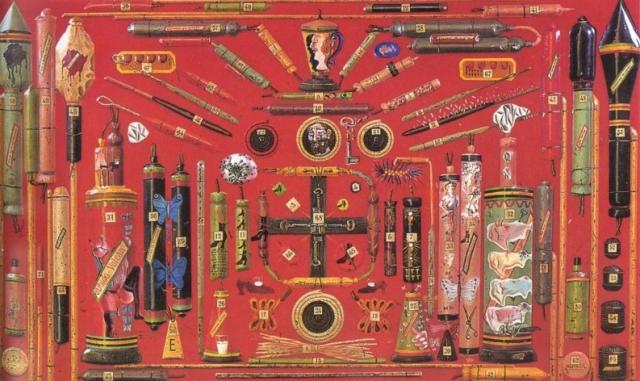
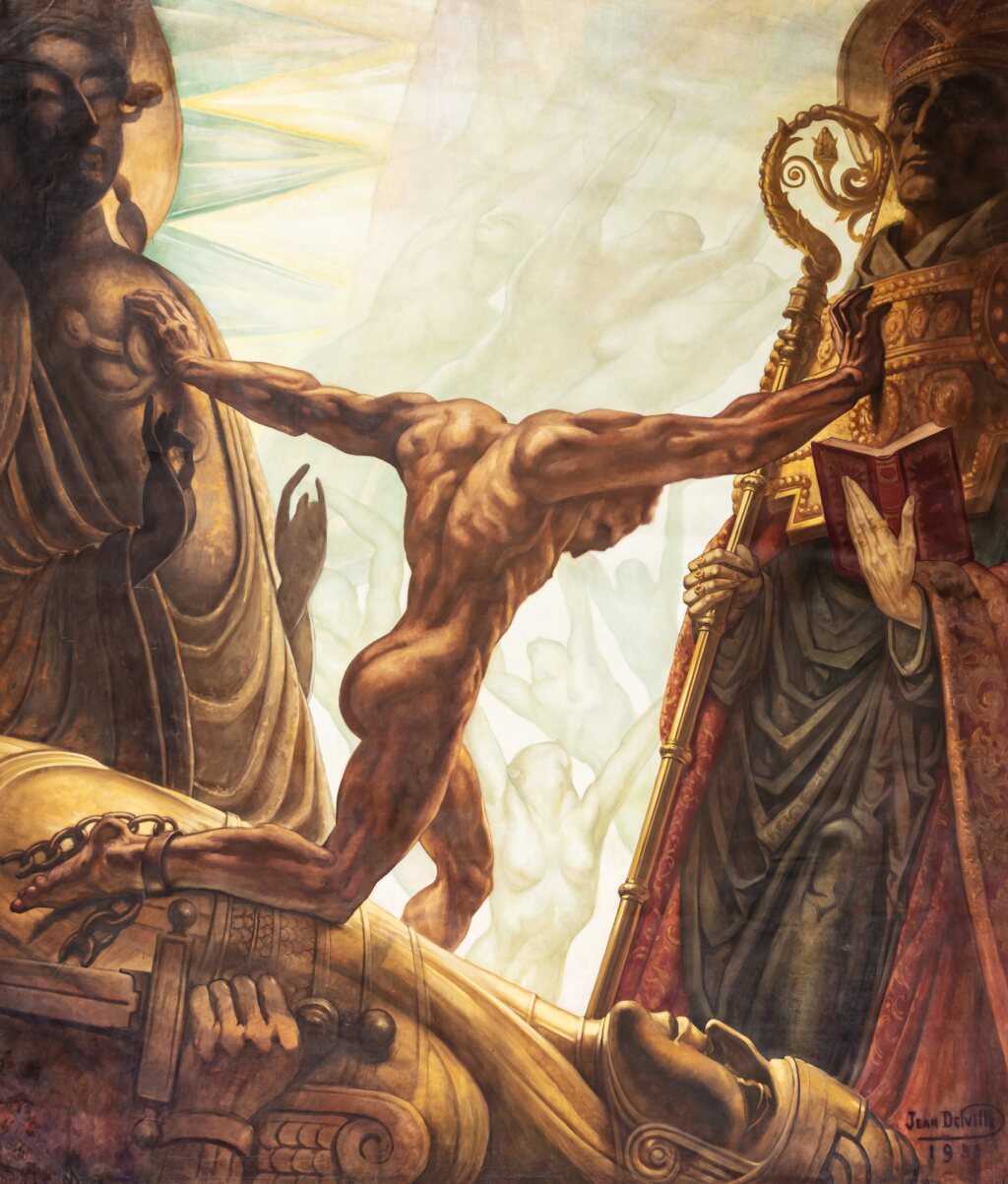
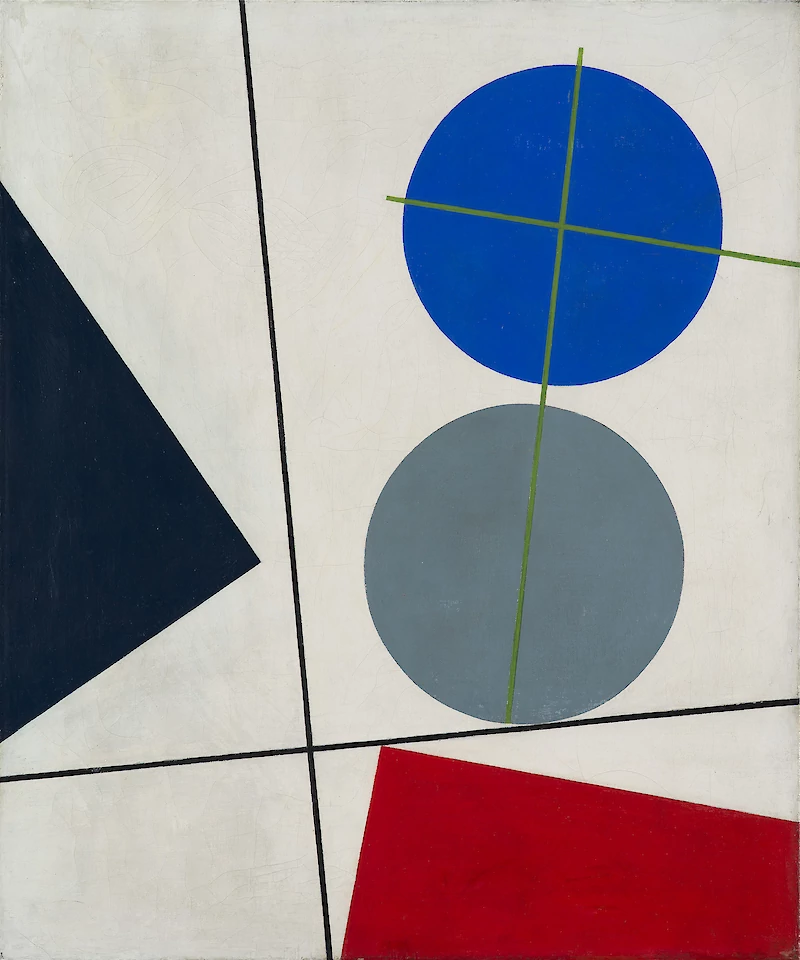
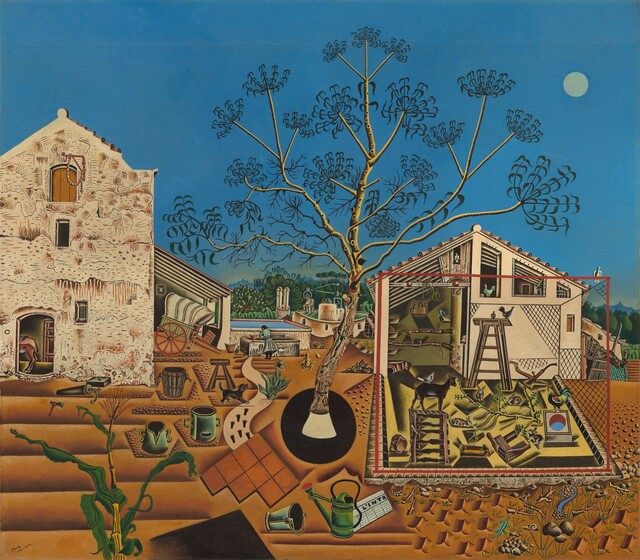
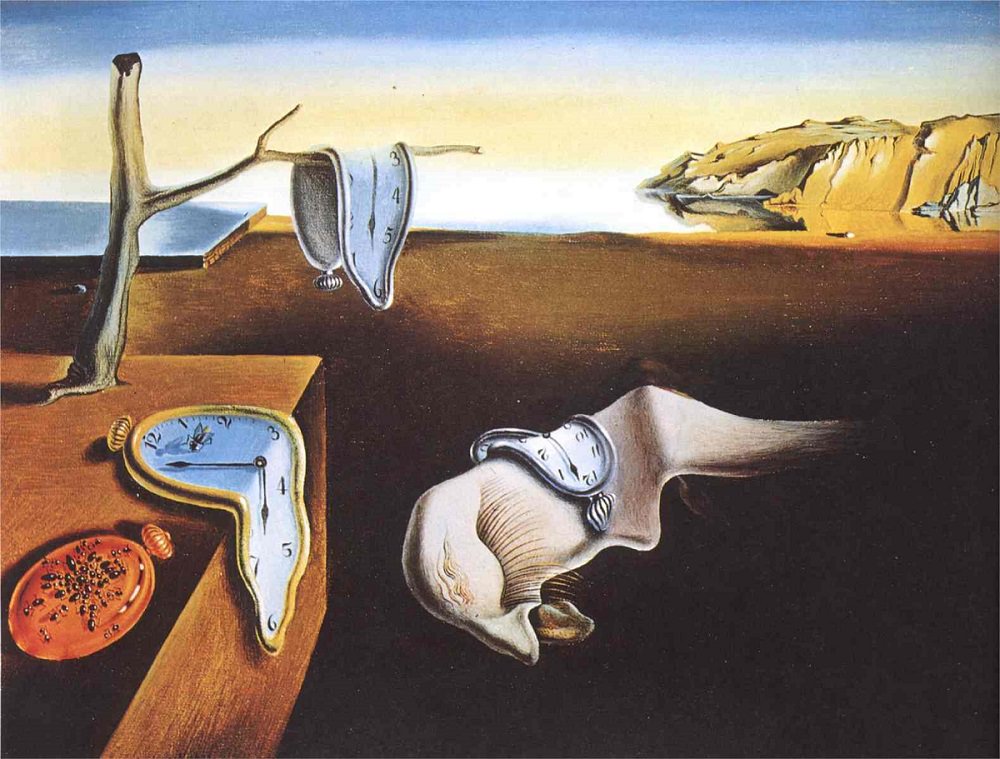
Rates a mention in Ballard’s “The Atrocity Exibition” (1970):
The Persistence of Memory. An empty beach with its fused sand. Here clock time is no longer valid. Even the embryo, symbol of secret growth and possibility, is drained and limp. These images are the residues of a remembered moment of time. For Talbot the most disturbing elements are the rectilinear sections of the beach and sea. The displacement of these two images through time, and their marriage with his own continuum, has warped them into the rigid and unyielding structures of his own consciousness. Later, walking along the overpass, he realized that the rectilinear forms of his conscious reality were warped elements from some placid and harmonious future. Dealey Plaza in Dallas, re-imagined in Talbot’s eye as the end of the world.
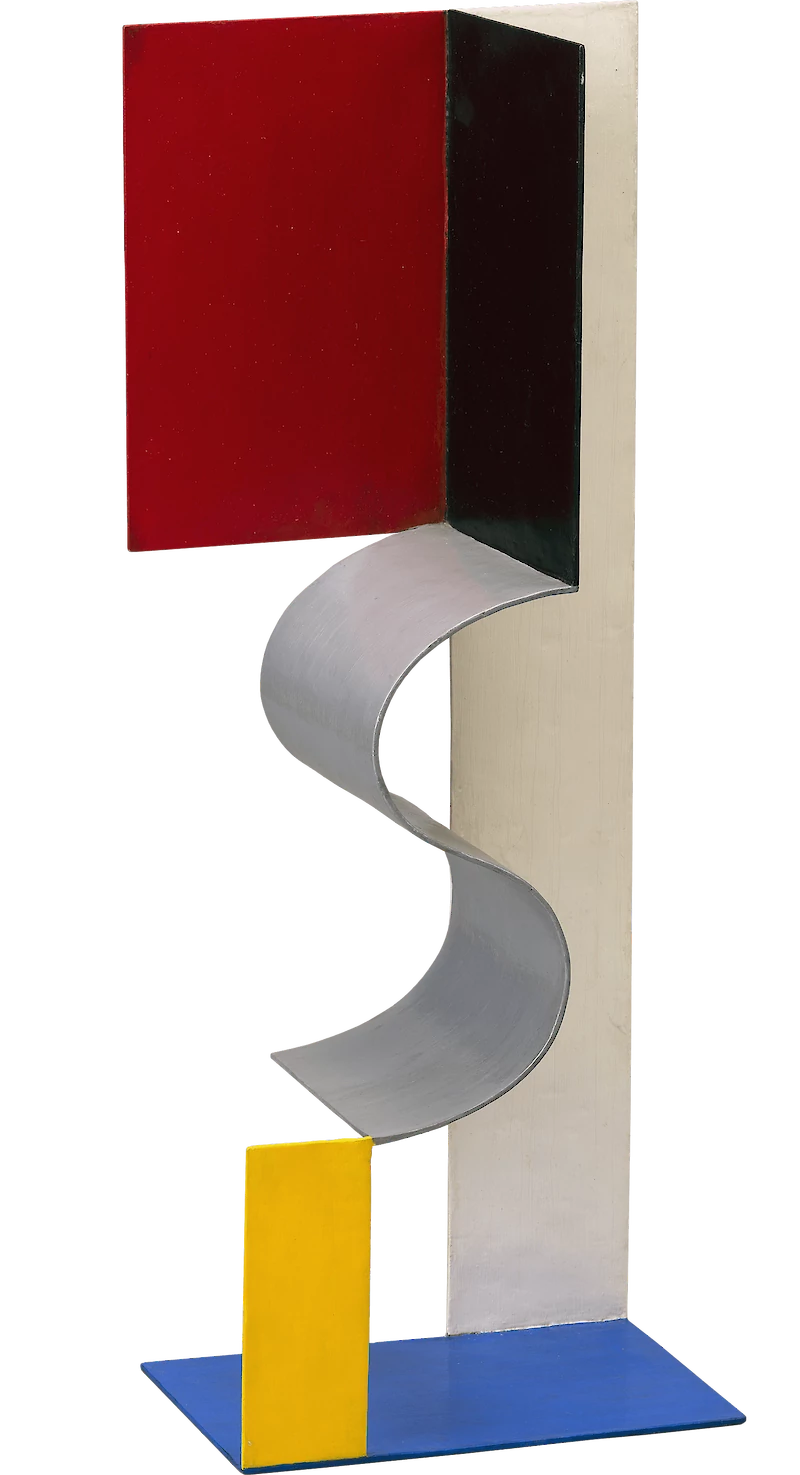
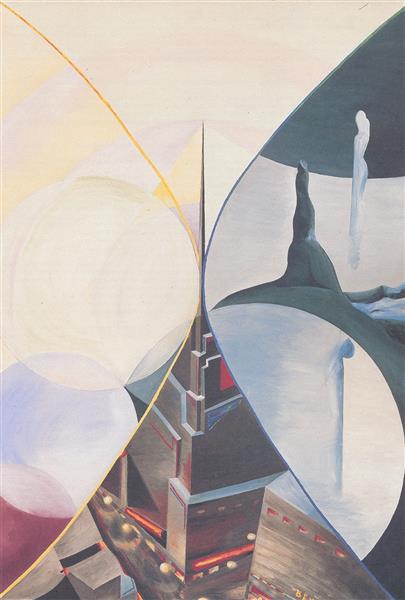
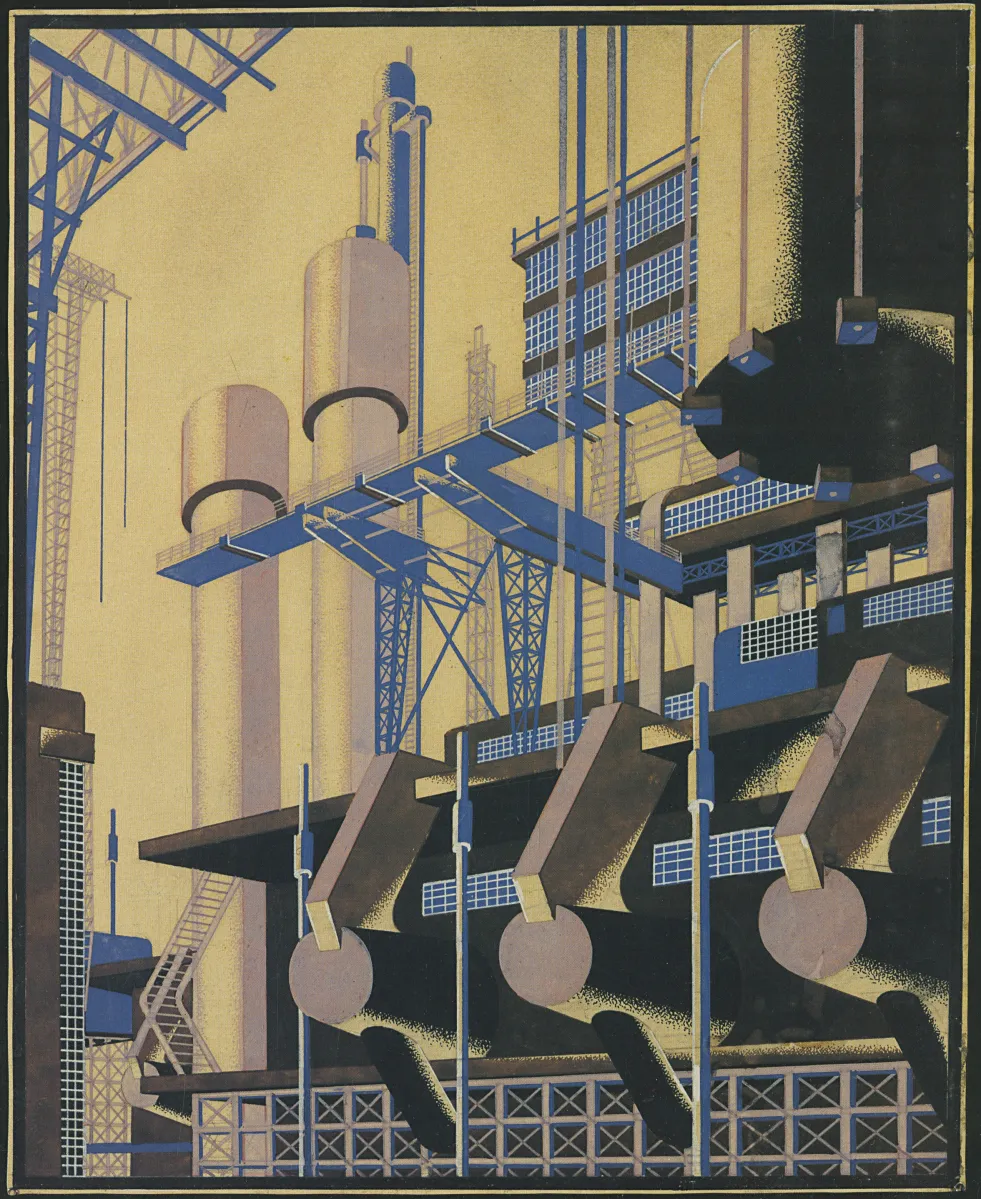
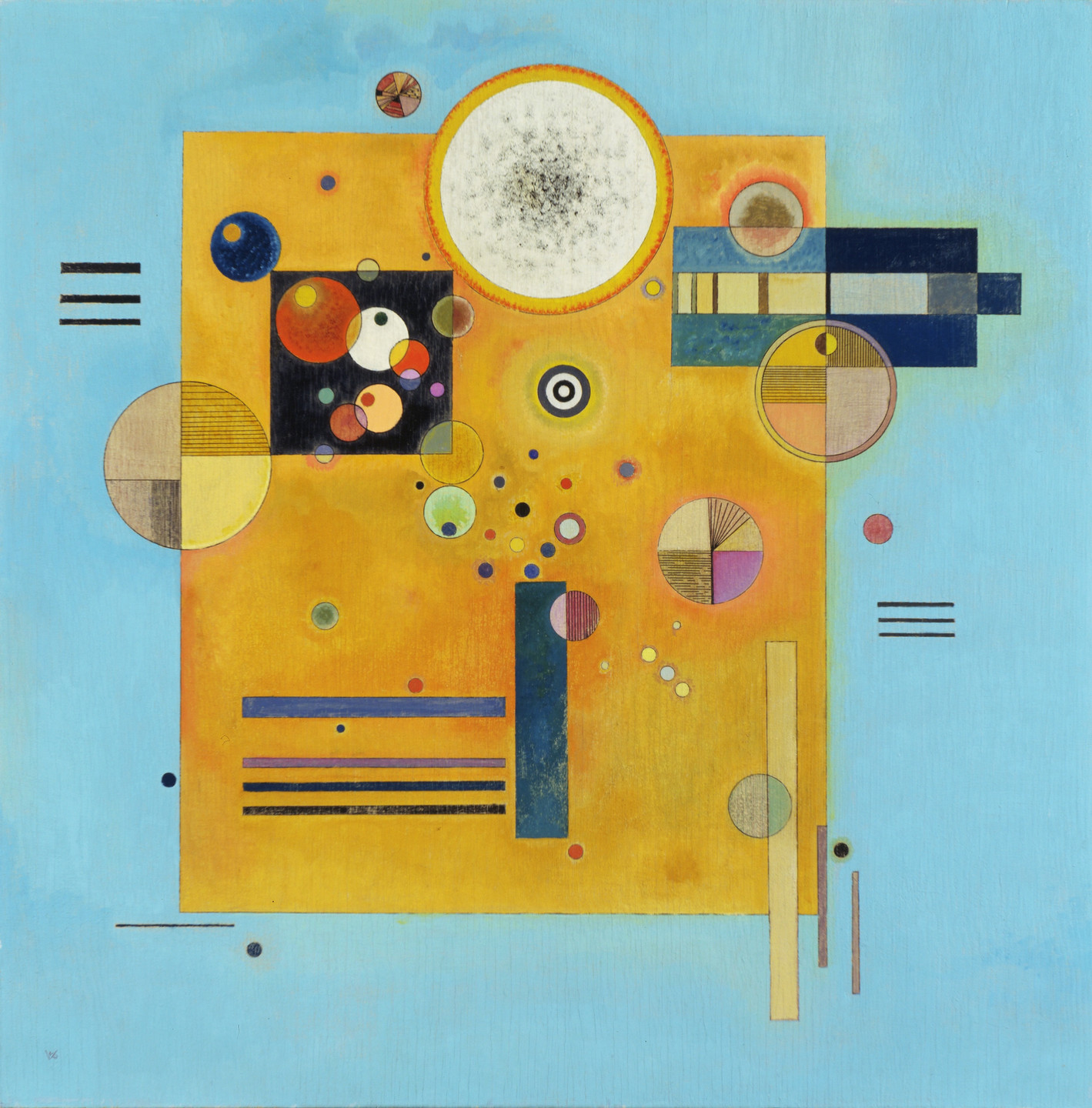
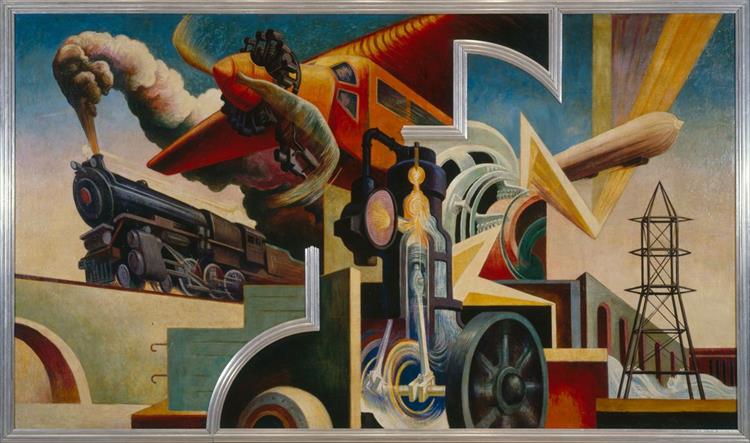
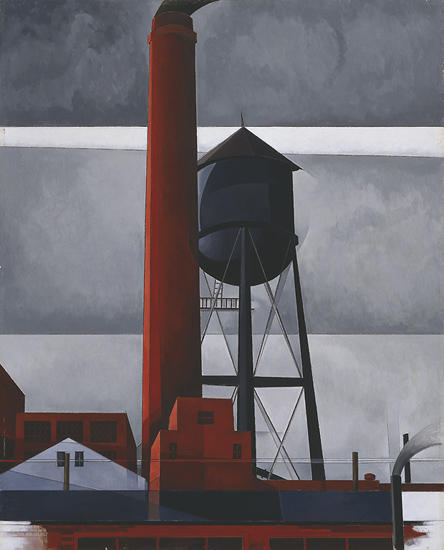
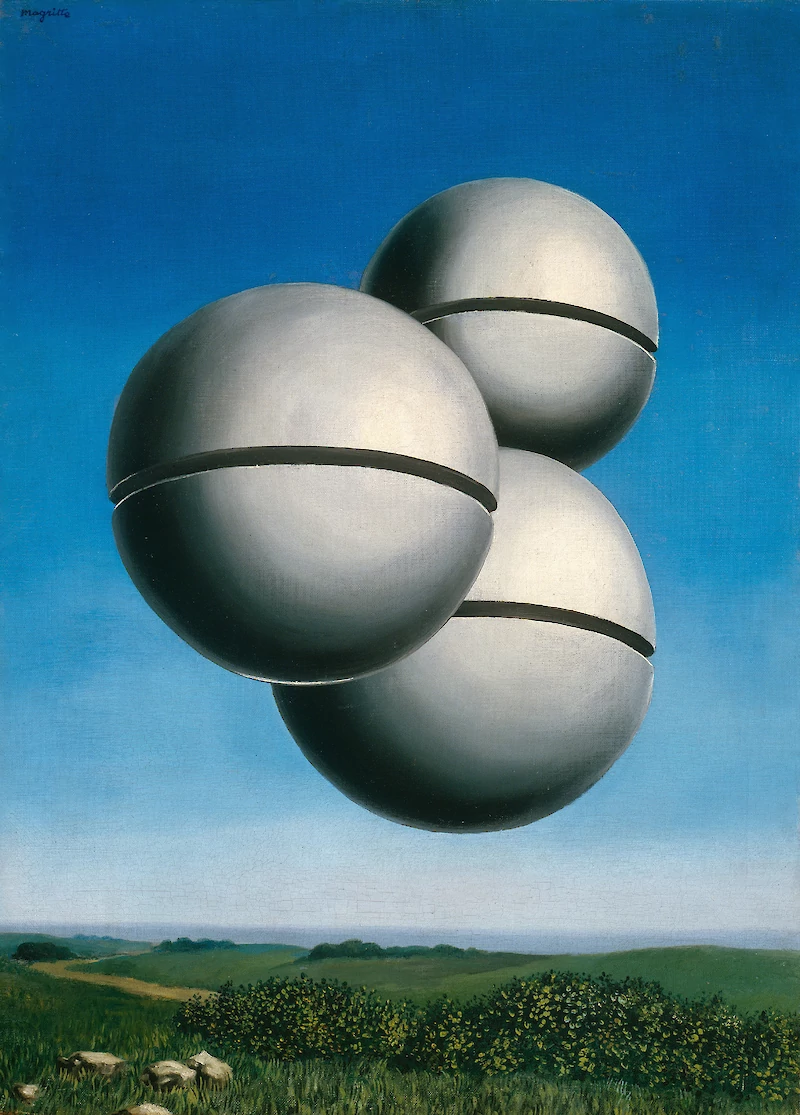
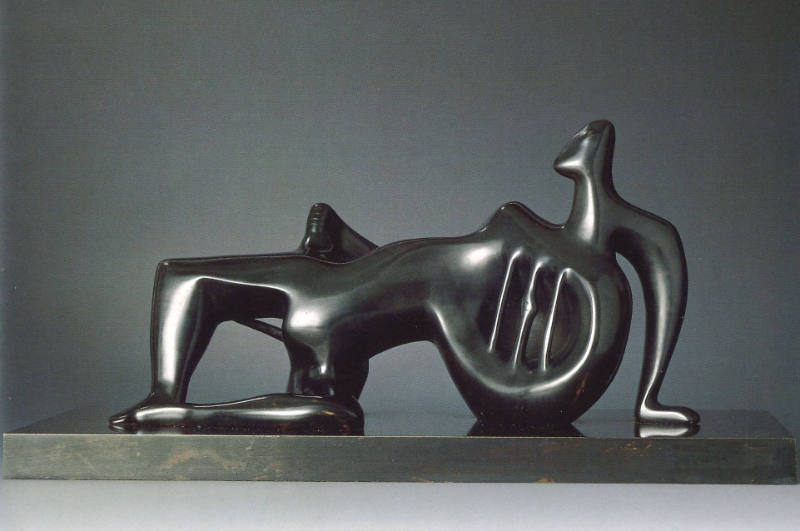
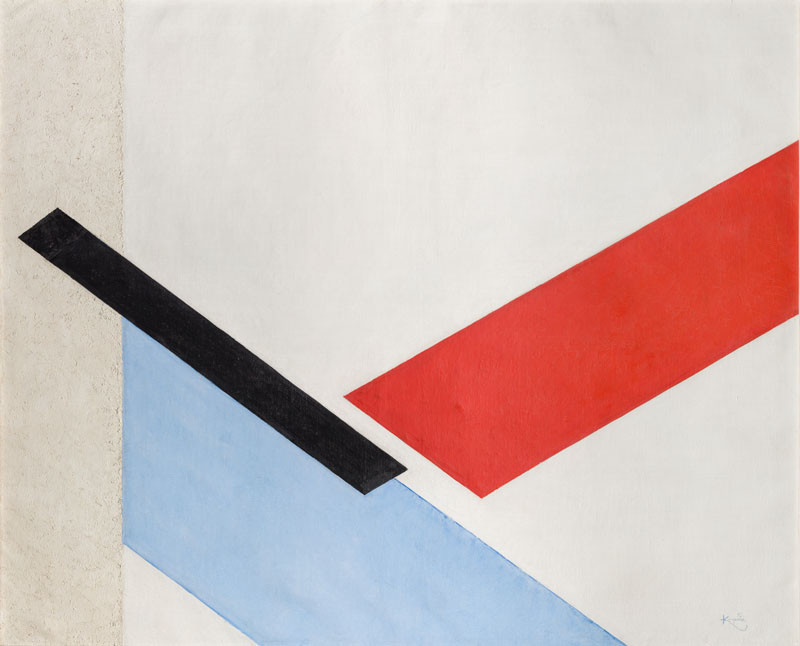
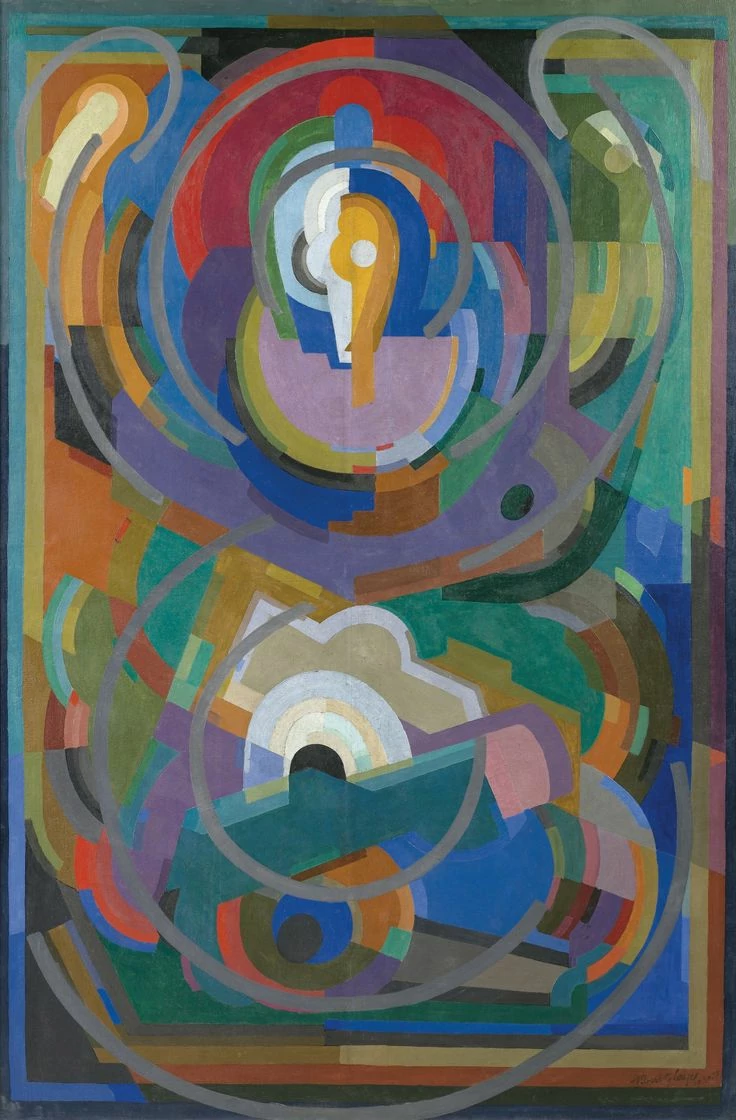
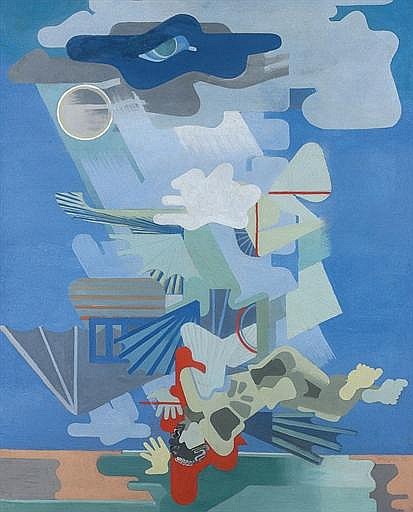

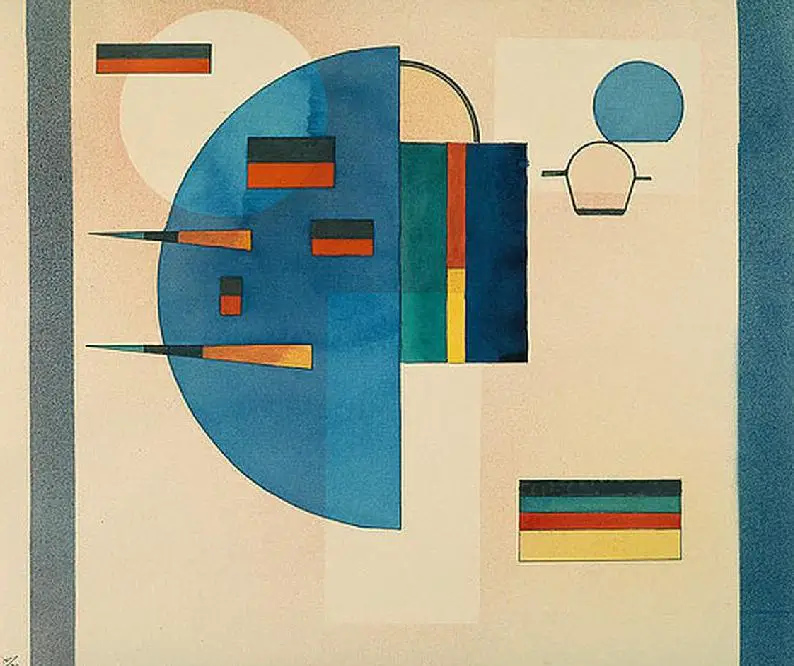
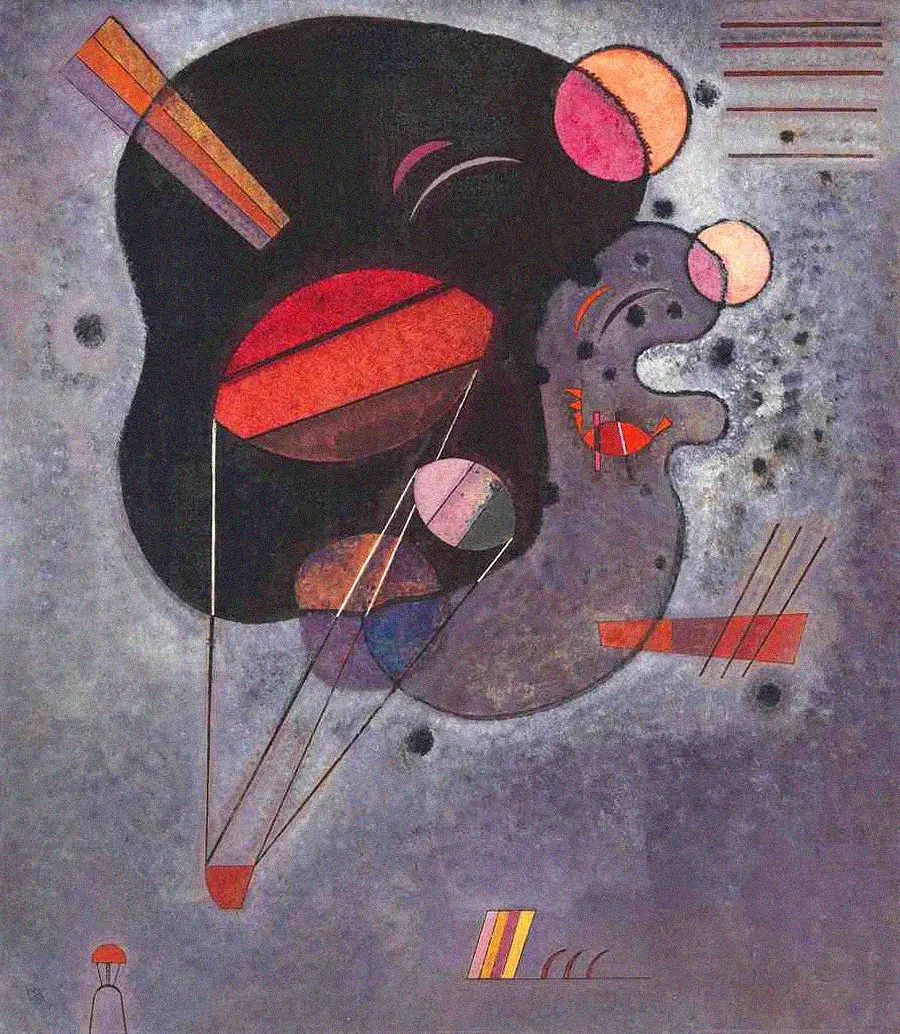
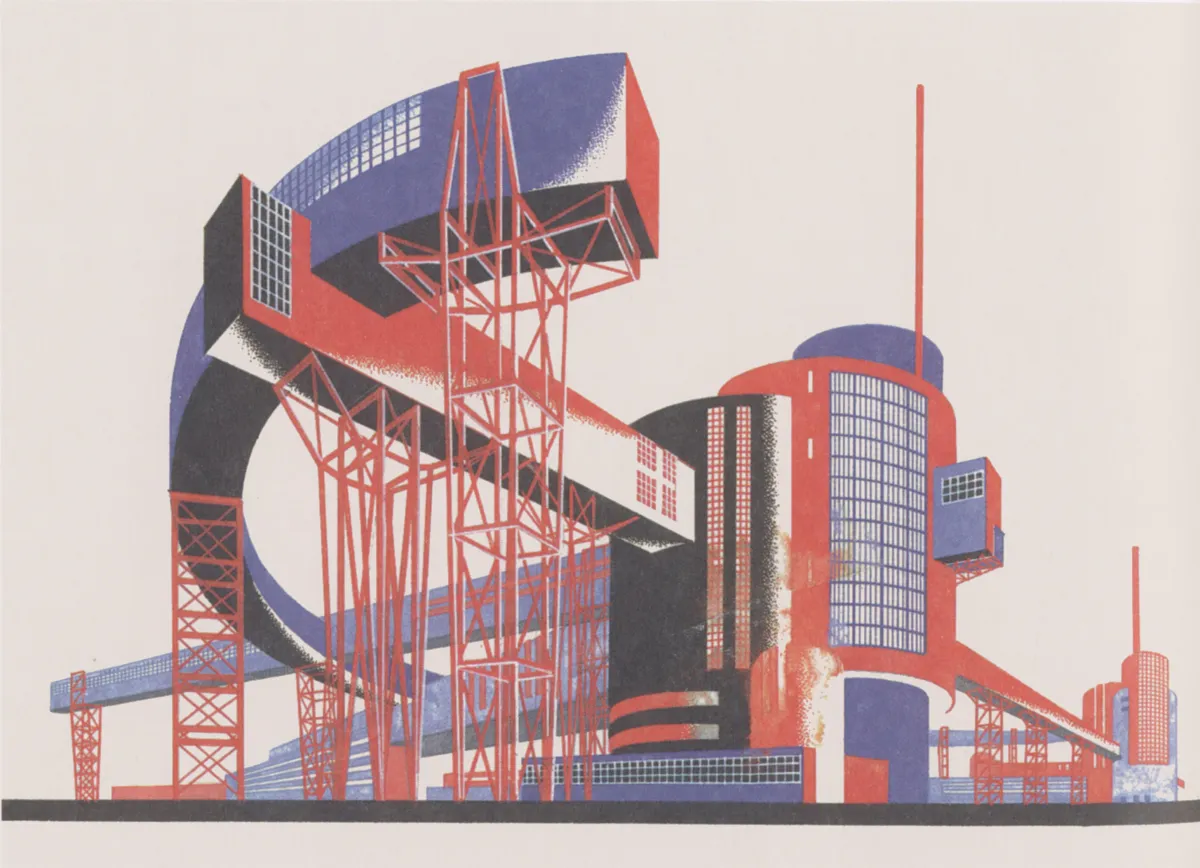
From the website The Charnel House
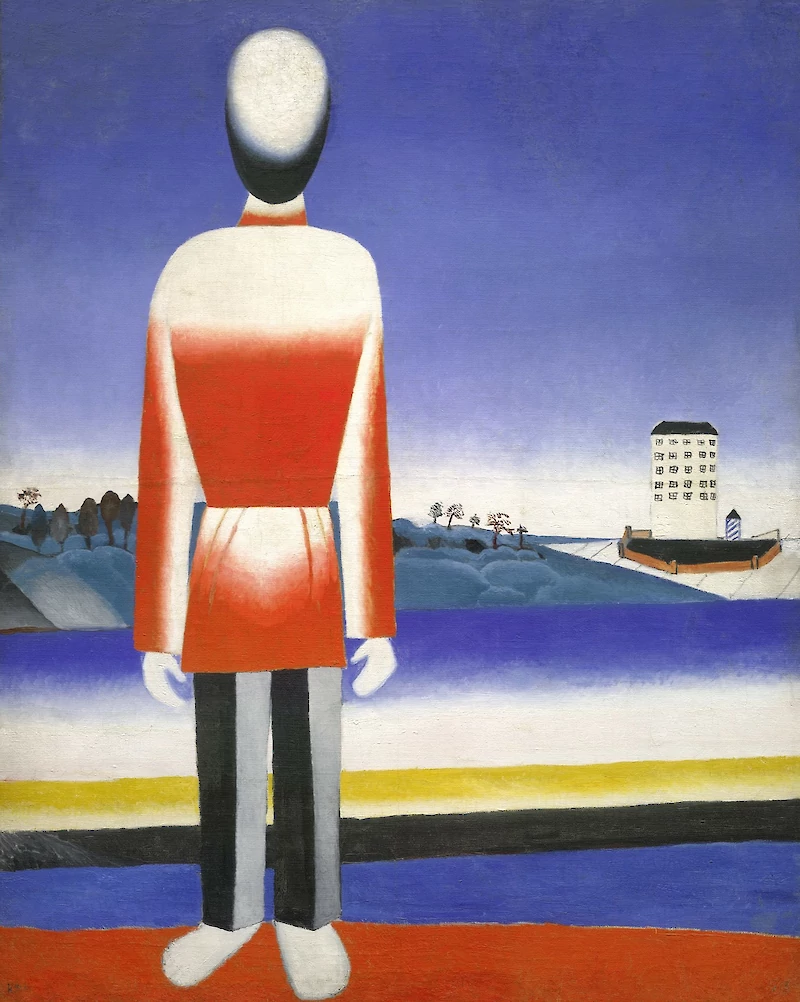
MORE RADIUM AGE SCI FI ON HILOBROW: RADIUM AGE SERIES from THE MIT PRESS: In-depth info on each book in the series; a sneak peek at what’s coming in the months ahead; the secret identity of the series’ advisory panel; and more. | RADIUM AGE: TIMELINE: Notes on proto-sf publications and related events from 1900–1935. | RADIUM AGE POETRY: Proto-sf and science-related poetry from 1900–1935. | RADIUM AGE 100: A list (now somewhat outdated) of Josh’s 100 favorite proto-sf novels from the genre’s emergent Radium Age | SISTERS OF THE RADIUM AGE: A resource compiled by Lisa Yaszek.
